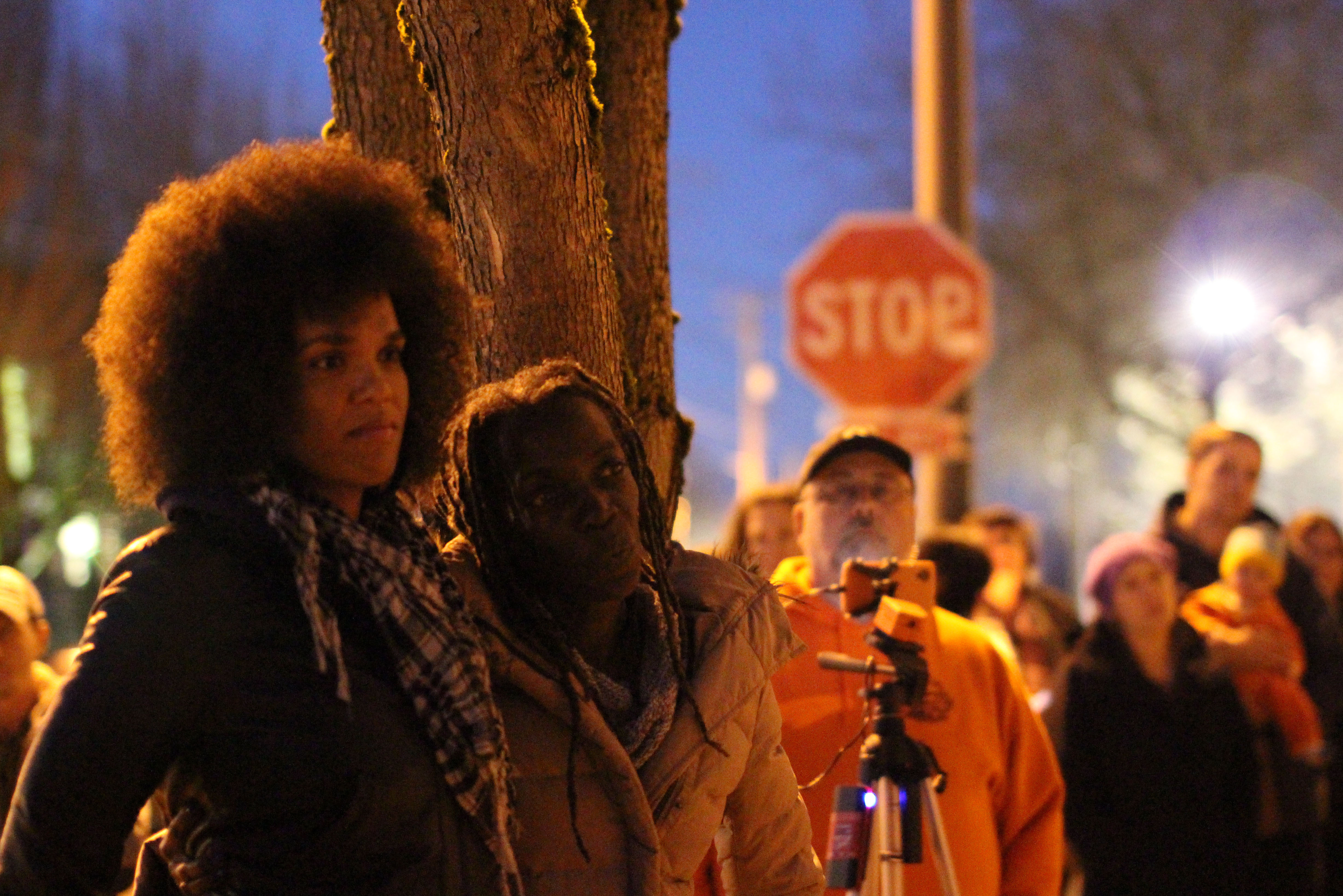It’s been 21 years since the first speeding camera system issued a traffic citation in Friendswood, Texas, and the technology has been under constant fire ever since.
Big brother is watching you drive
It’s been 21 years since the first speeding camera system issued a traffic citation in Friendswood, Texas, and the technology has been under constant fire ever since. (The program in Friendswood notably lasted a scant few months before public outcry caused the systems to be removed.)
Voters first made a call on photo radar in 1991, in Peoria, Arizona, where they rejected it 2-1. In the last 16 years, similar votes have followed in cities all over the country, and roughly a dozen states have passed some form of prohibition on photo radar (Oregon not among them), either by voter referendum or as a result of intense public pressure. It seems evident: most Americans don’t like photo radar, or at the very least, it makes us uncomfortable.
To be fair, photo radar has its supporters, too. A sizable number of Americans, peeved at reckless drivers speeding through their neighborhoods, have launched grassroots attempts at stopping speeders. These efforts range from simple lobbying of the city to installing their own homemade speed bumps, and they often show support for photo radar programs. These people seem to be in the minority, though the Portland Police Bureau claims that the “Number one traffic complaint among neighborhood residents is speeding.”
It’s understandable that photo radar is so unpopular. Being caught and fined by a camera reeks eerily of a “big brother” kind of world. It personifies the ever-constant fear that machines are gaining more control over our lives, particularly with fixed-site cameras that we can’t easily see, as opposed to police cars.
What’s next, we might wonder? Tracking devices planted on every car so the government knows where we are at all times? Cameras in our homes under the pretext of preventing abuse? It’s a slippery slope, guys! Didn’t you see Minority Report?
But before we examine the sociological implications of photo radar (or let our imaginations run away with themselves), let’s examine the question, does photo radar even work?
The jury’s still partially out. The methodology of the studies are constantly in question, as well as how by whom the citations are verified. But a lot of evidence points to yes, though perhaps not as much as some proponents have claimed. In the U.K., where photo radar is a little more widespread than in the U.S., two studies spanning seven years were commissioned by the Department for Transport, showing a 22 percent reduction in personal injury collisions at sites after cameras were introduced.
Photo radar systems can either be mounted on a car or van, handheld or in a fixed site. In Portland, they are operated from a marked police van that shows a digital readout on its back side of the speed of oncoming cars. If one of those cars goes 11 miles per hour over the speed limit, two photos are taken: one of the car coming, and one of the car going. An official screens the photos, and a citation is issued.
An increase in objectivity is another advantage offered by photo radar, a wonderfully ironic example of which is apparent in the recent case of Beaverton police officer Jessica Hull. Roughly a year ago, Hull was speeding in a police cruiser past a photo radar van and was issued a ticket. She tried to fight the charge, citing that she was sure her speed was in the line of duty, though saying she could not remember exactly what the specific incidence was. The city of Beaverton said, “Nice try,” and upheld its $125 fine.
Regardless of your opinion on whether Hull deserved the ticket, a photo radar system that issues tickets to cops is probably not a system that carries the biases a police officer might. That’s a good thing in my book.
Despite repeated public rebuke, photo radar seems determined to stick around, and for good reason. There is certainly much logistical complication in regard to how to execute photo radar programs (who pays for their implementation, who receives the revenue, who verifies the photos, etc.), but these problems of the fine print are solvable and not unique to photo radar.
The fact is that photo radar is a more efficient and more sensible way of running things. It can catch more speeders than individual policemen can, makes who gets caught a more objective process and, in the case of fixed-site cameras, frees policemen from traffic duties, allowing them to devote their attention to more pressing problems.
And as far as issues like accuracy and costs go, the technology will improve, and the price of the system will go down. Photo radar makes too much sense as we progress in this modern world.
Yes, it’s a little creepy, and more than a little Orwellian. That’s hard to deny. But if we wish to get into the debate over the role machines play in our lives, there are better issues to target: cell phones that dictate our interactions, iPods that shut us off from the outside world or the fun-loving NSA wiretapping program (which, by the way, recently got discontinued! Woo!).
These things have more troubling implications than photo radar, and they do not save lives. Making a stink over photo radar seems unproductive, at least for the moment.
We’d do well to remember that unlike other creepy government programs that might be looking to take away our freedoms, we never had the freedom to speed. We’d also do well to remember that driving too fast can kill, and maybe we could respond to photo radar by just slowing the hell down.



